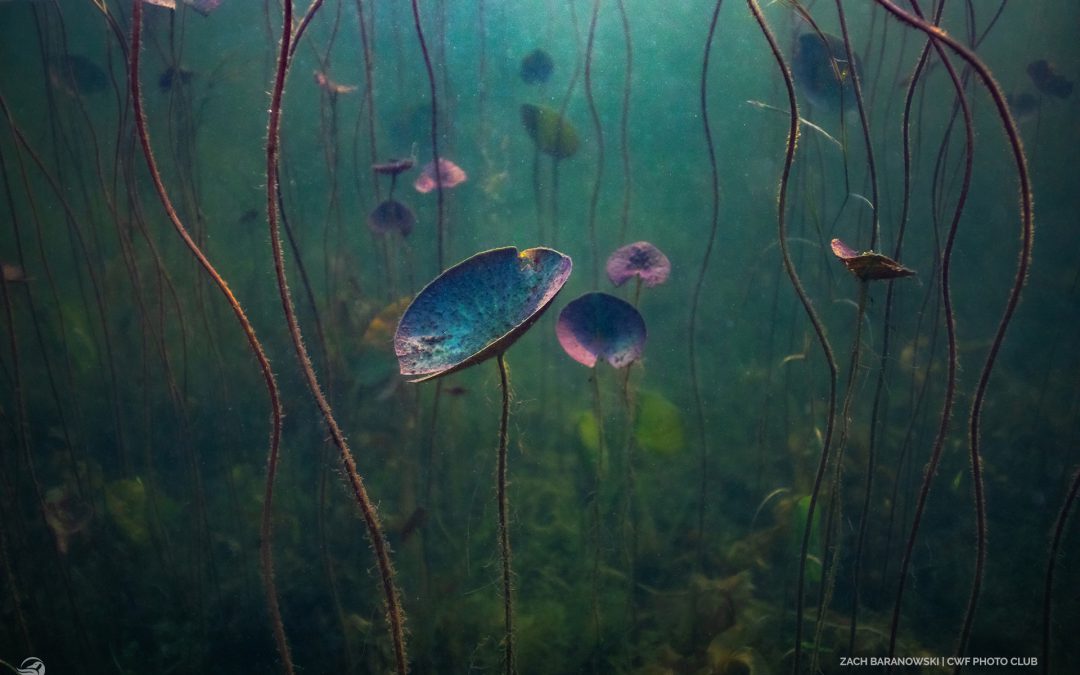Have you downloaded your shoreline property report?
If you have, great! That’s the first step in learning what actions you can take on your own property to improve your shoreline health and lake health. What’s even better is that it doesn’t have to take a lot of effort, time or money! By implementing some of the recommendations in your report, or perhaps some of the suggestions below, you’ll be helping to maintain healthy water quality not only for yourself but for future generations and wildlife too!
If you haven’t gotten around to ordering your shoreline property report, don’t worry – there’s still time! If you misplaced your survey code, that’s no problem either! Just visit our website or e-mail us at info@loveyourlake.ca and you’ll soon be on your way!
If your lake hasn’t been part of Love Your Lake and you’re wondering how your shoreline measures up, we have a shoreline self-assessment just for you! Just answer a few simple questions and you’ll be provided with simple actions to improve your shoreline’s health.
Get a Head Start! How about:
- Creating a shoreline buffer using native trees, shrubs, grasses and other plants? Did you know that up to 35 per cent of precipitation can run off lawns into a lake, instead of re-entering the water cycle by filtering through the soil? Compare that with native vegetation where generally less than five per cent becomes runoff and we have a clear winner! Plus many native shrubs and wildflowers are appealing and colourful, and attract songbirds, butterflies and other wildlife.
- Eliminating the use of fertilizers and pesticides that could wind up in your lake? Many shoreline property owners are becoming increasingly concerned about algal blooms. And for good reason. The number of lakes in North America that have algal blooms is increasing and so it seems is their intensity. The main culprit – phosphorus. While phosphorus occurs naturally and in the appropriate amounts isn’t cause for concern — in fact it’s even needed for plants and animals — it’s when too much phosphorus gets into our lakes that we need to worry. The main sources of phosphorus and other nutrients includes fertilizers from lawns and agricultural areas, erosion and sewage effluent.
- Leaving natural features like fallen trees and aquatic vegetation? Fallen trees, logs and large branches that are partially or fully in the water reduce erosion, provide insects with resting sites and offer fish and amphibians protective cover and shade. Some fish species use these wood features for spawning and nest protection. Overhanging vegetation is also important. It shades and cools the water and provides important habitat for wildlife including fish, amphibians and reptiles. Fish and frogs often feed and spawn below overhanging vegetation and the leaves, twigs, fruit, flowers and even insects found on overhanging vegetation provide an important food source for many species. By allowing these features to remain in place, when safe to do so, you are contributing to the health of your lake. Plus remember, removing some of these features may require a permit!
- Ensuring your septic tank is properly sealed and pumped regularly? A poorly functioning septic system or holding tank can lead to excess nutrients in your lake and algal blooms. Be sure to know where your tank is, when it was installed, and when it was last pumped and inspected.
- Planting vegetation on the land-ward side of existing retaining walls to help filter runoff? Before the impacts on shoreline habitat and water quality were fully understood, it was common practice to install retaining walls because of their perceived maintenance-free longevity and ability to prevent shoreline erosion. We’re now aware that retaining walls deflect wave energy instead of absorbing it. This causes excess water turbulence, scours sediments from the lake bottom and contributes to erosion in surrounding areas. Hardened retaining walls also restrict the movement of wildlife to and from land and water. You can reduce erosion by planting native vegetation on the landside of your wall.

